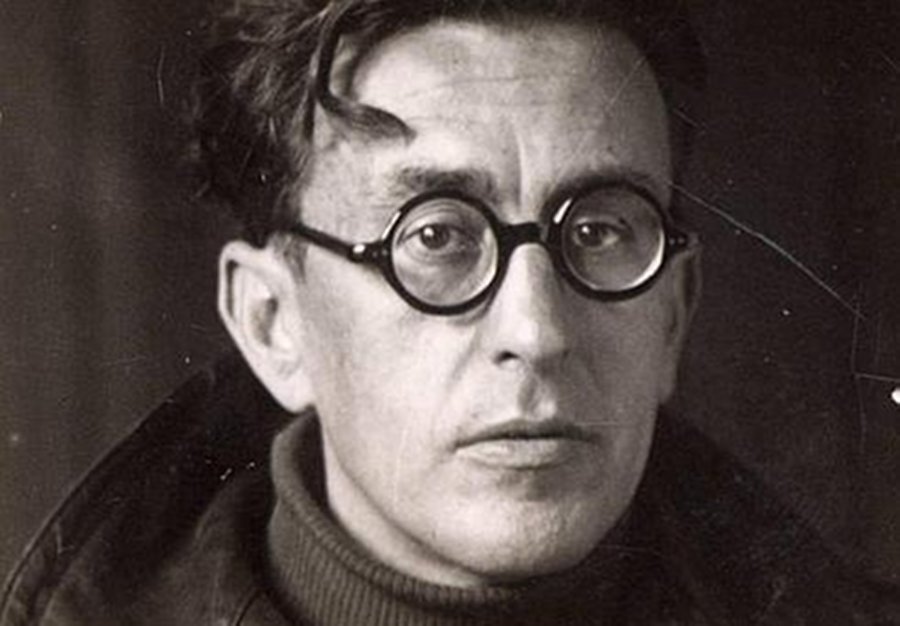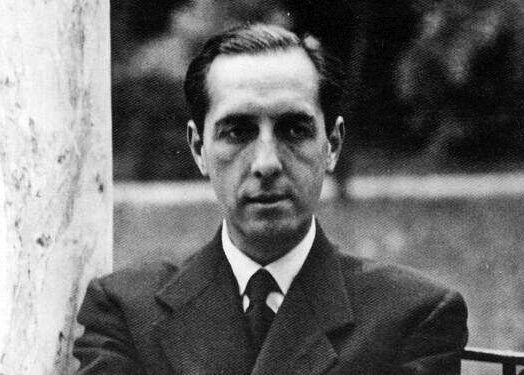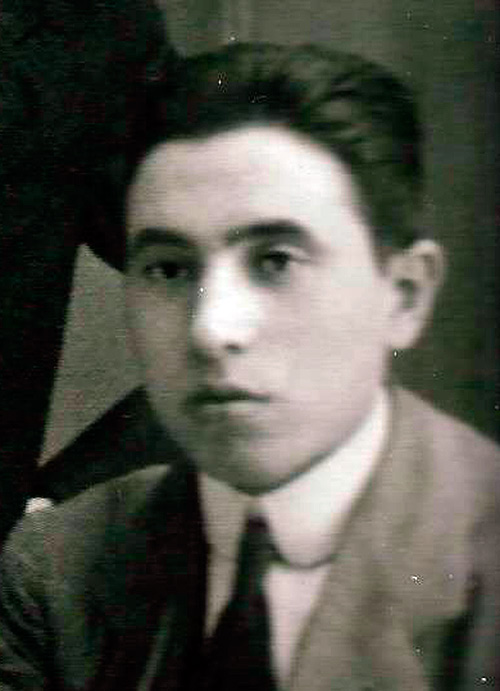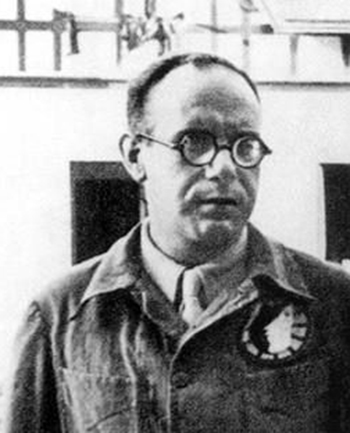Poet and printer ascribed to the Generation of ’27, he was born in Málaga on March 4, 1899, and died in exile in Mexico City on April 24, 1962. From the age of fifteen he was linked to the Residencia de Estudiantes (Students’ Residence), first thanks to a children’s scholarship and then, in 1918, as a university student. There he met Juan Ramón Jiménez and, from 1920 onwards, the most influential and active creators of the youngest art. After the military uprising of July 18, he became involved in numerous informative and propagandistic activities in favor of the Republic, such as the edition of the Romancero general de la guerra de España in 1937.
Emilio Prados met García Lorca in Málaga around 1912. It was a long and somewhat intense friendship. The García Lorca’s periodic visits to Málaga also forged the friendship between the two families.
Prados and Lorca both defended their social commitment to the poorest (one paid for it with his life and the other with estrangement) but their poetry was quite different.
In 1920, they met again at the Residencia de Estudiantes in Madrid. Coming from that year is the entry Prados writes in his Intimate Diary, a notebook of a few pages published in Litoral in 1966 in which he confesses his impressions of the youthful Lorca: “The only joy I have had today has been to have found in Federico the friend I wanted so much. I have opened my heart to him and he has been able to understand it […]. His way of being and thinking is very similar to mine, his same childhood as a man, his eagerness to climb to the summit of glory, his [crossed-out word] not understood, but desired for desiring the new, the revolutionary: everything is the same as mine.” Isabel García Lorca remembers him thus: “Emilio was very handsome and had a smile with beautiful teeth. When I saw him again in Mexico in 1947 they had fallen out, he was sad, badly dressed, but he remained true to himself in his goodness and his moral firmness”.
Prados and Lorca both defended their social commitment to the poorest (one paid for it with his life and the other with his estrangement) but their poetry was very different. The first stage of Prados was marked by the avant-garde, pure and neo-popular poetry. Until the proclamation of the Republic and the publication of The Captive Voice he did not begin the second stage, that of political commitment, which he maintained until the Civil War.
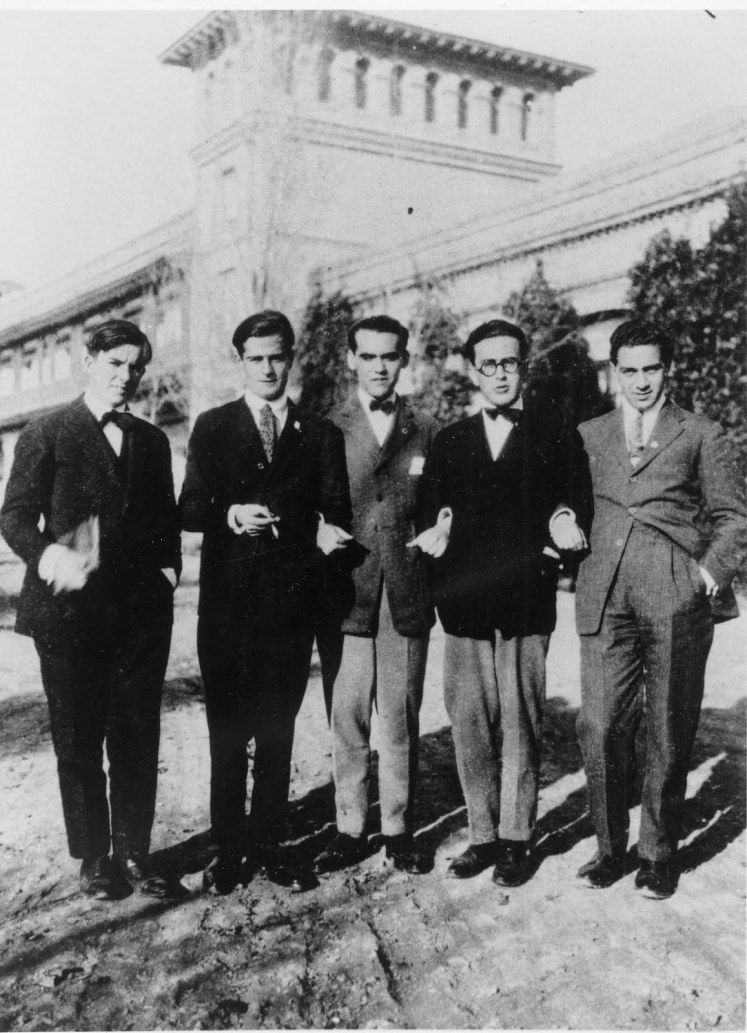
Prados’ respiratory illness worsened at the Residencia de Estudiantes and forced him to enter a hospital in Switzerland. After recovering, he continued his training in Freiburg and Berlin. Back in Málaga, in 1926, he began with Altolaguirre his adventure as editor of the poetry magazine Litoral, which in 1929 José María Hinojosa joined.
The relationship with García Lorca under the shadow of Litoral began with a misunderstanding. The poet from Granada proposed to Prados the simultaneous publication of three books: Songs, Poem of the Deep Song and Suites. Prados, who was in Granada participating in a tribute to Pedro Soto de Rojas, took the manuscripts to Málaga, but a typographical incident got in the way of the project. Lorca demanded the return of the originals when he realized that the poems he had sent for the inaugural issue appeared with errata. It is not clear who was responsible, whether Federico for delivering defective and uncorrected manuscripts or Prados for an oversight. In the end only Songs appeared in 1927.
Prados published the ‘Tribute to the Poet Federico García Lorca Against his Death’, which includes his poem ‘Arrival‘:
“¿En dónde estás, Federico?
[“Where are you, Federico?]
Yo este rumor no lo creo.
[I don’t believe this rumor.]
Yo este rumor no lo creo.
[I don’t believe this rumor.]
¡Cómo me duelen las balas.
[How the bullets hurt me]
que hoy circundan tu recuerdo.
[that today surround your memory.]
¡Cómo me duelen las balas
[How the bullets hurt me]
que hoy circundan tu recuerdo!”
[that today surround your memory!”]
At the outbreak of the Civil War, Prados, politically very committed, traveled to Madrid and joined the Alliance of Antifascist Intellectuals, participated in the International Congress of Writers for the Defense of Culture and prepared the edition of the Romancero general de la Guerra Civil, a collection of 335 poems that were used as propaganda and to keep alive the morale of the combatants. From the same year is Altolaguirre’s Romancero de la Guerra Civil (which included poems that appeared in The Blue Monkey ), Poetry of War appeared in the editions of 5th Regiment and Popular Ballads of the Revolution by the anarchist Juan Usón. Also, Prados published the Homage to the poet Federico García Lorca against his death, which includes his poem Llegada (Arrival): “¿En dónde estás, Federico? [“Where are you, Federico?] / Yo este rumor no lo creo.[ I don’t believe this rumor.] / Yo este rumor no lo creo.[ I don’t believe this rumor.] / ¡Cómo me duelen las balas[the bullets that hurt me] / que hoy circundan tu recuerdo! [today are surrounding your memory!] /¡Cómo me duelen las balas [the bullets that hurt me] / que hoy circundan tu recuerdo!” [today are surrounding your memory!”]
The last years of Emilio Prados were spent in Mexico where he went into exile at the end of the war. His last poetic stage consists of a search for the popular song of his early poems, but with a more mature language full of antitheses and paradoxes.
